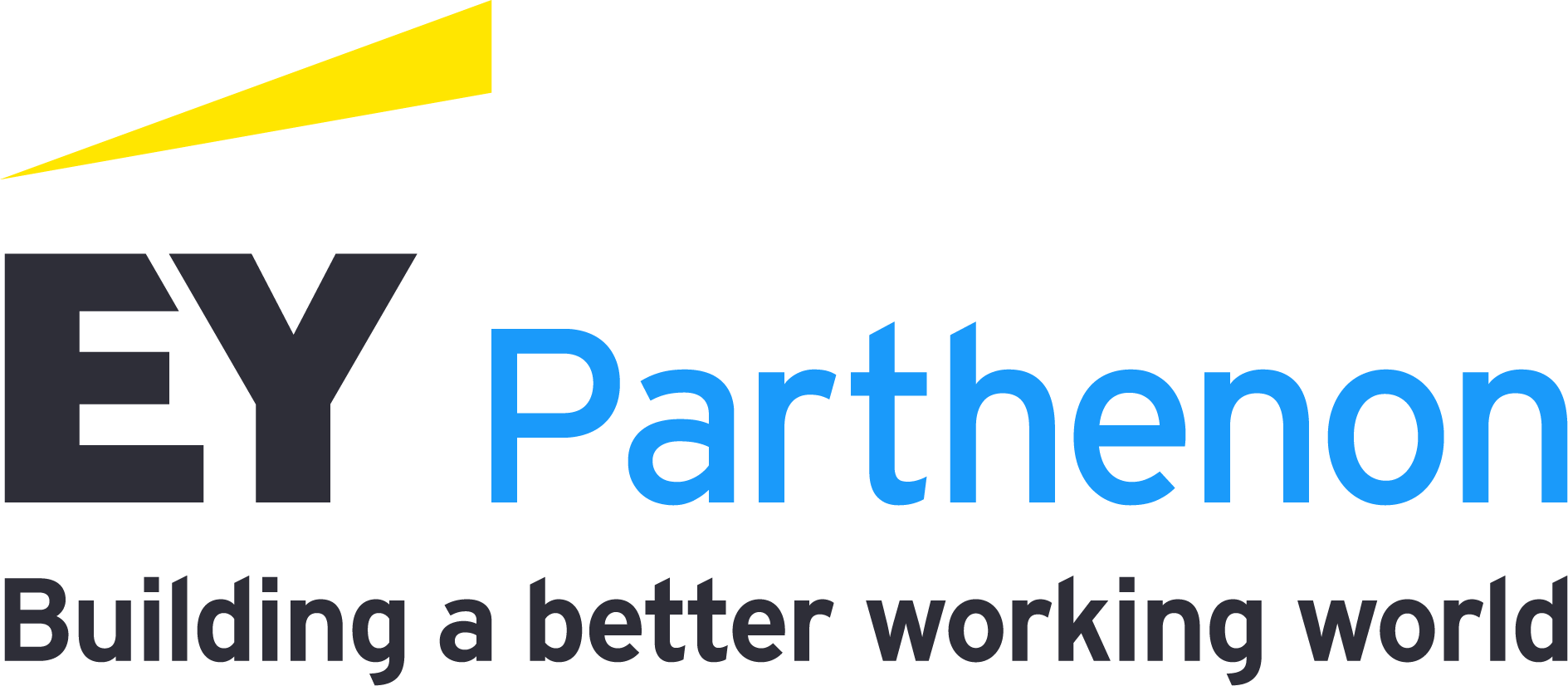Construction is an industry with a fragmented value chain that makes change more challenging. However, with digitization, rising needs to comply with environmental sustainability, industrialization, commodification and pricing pressure, construction companies must find ways to work together to continue to thrive in an industry that changes rapidly and profoundly.
In this quickly evolving environment, accelerated in part by the pandemic, it becomes increasingly important to meet the expectations of more digitally competent and well-informed customers and investors, who are more active in key decision-making. Digital tools, as well as other influencing and deciding parties in the construction value chain, are becoming indispensable parts of any offering.
Multichannel formats rise, pure-plays mature, and the strong position of traditional distribution channels, such as wholesale, is eroding. At the same time, new market entrants and new business models that disentangle products and services are emerging and reframing the ecosystem. Furthermore, the construction process itself is also shifting on its foundation. It is becoming more industrialized, automated and digital, and prefabrication as well as modular construction are gaining ground.
As these changes pick up speed, established strategic paradigms are losing their validity. Priorities are moving away from immediate next steps along the value chain, and toward holistic, customer-centered, environmentally sustainable solutions. As a key element of this, the historic focus on cost-of-installation is now evolving into a total-cost-of-ownership perspective, including initial acquisition costs, costs for planning and preparation, construction, operating and maintenance, as well as for demolition and recycling.
Experience-based decisions are becoming less important in favor of data-driven decisions. Linear, incremental enhancements are giving way to more disruptive innovations. And planning horizons of three-to-five years are being displaced by increasingly agile approaches with a higher calculated willingness to take risks. In summary, a linear and singularly focused approach is giving way to a more data-driven and circular model.
Seven levers to pull to lay a new foundation for success
So how can construction companies reshape their business models and excel in this rapidly changing environment? Construction companies that fulfill these seven success factors can set a new foundation for long-term value creation.
1. Recognize that the field of play spans across the whole value chain
Gearing a product or service value proposition only to the immediate next party in the value chain is no longer sufficient. For example, producers of windows are no longer simply selling products to distributors or installers. They must increasingly also consider serving as consultants to planners and architects, considering the window’s role and opportunities in the building context to generate value in areas, such as air flow, security and fire protection. Also, they need to partner with technology firms or platforms for additional and integrated applications. Most importantly, they will need to liaise with the end customer or investor to raise awareness and promote the own product, generating a demand pull. Ultimately, construction players must know the end-to-end lifecycle of their product, determine where they can offer added value, and extend and enhance their value proposition accordingly.
2. Manage the rising complexity efficiently
Digitalization creates a sea of opportunities. The trick is prioritizing what are the most relevant and which add the most value to the value proposition. Companies may want to think and prioritize based along three horizons.
- Horizon 1 – protect and optimize the existing business, such as by automating current processes
- Horizon 2 – enhance and extend the exiting business, which may include interacting with customers through digital channels or digitizing the value proposition
- Horizon 3 – innovate and disrupt your existing business and the industry by, for example, launching digitally enabled platforms, allowing for contracting-based value propositions
Most construction companies will want to focus on protecting, optimizing and enhancing their existing business rather than over-prioritizing disruptive approaches.
3. Establish or join platforms and networks
True innovation is increasingly difficult to achieve alone. By joining established ecosystems or platforms or building new networks where groups of companies can collaborate, connect products and go to market with a coordinated value proposition, faster and more powerful innovation and expansion become possible. Also, this can unlock previously unattainable technology and boost the quality of value propositions significantly.
4. Extend the business model
Manufacturers make products, but it is becoming increasingly important to monetize offerings beyond these products. This applies beyond their own products to include servicing other products as well, such as light fixture manufacturers also offering lighting-as-a-service. If companies can understand the value and costs of production, maintenance and services to enhance the customer experience, they will be able to monetize their competencies throughout the entire relevant application lifecycle.
5. Recognize the value of data
Every company sits on petabytes of data. The key is to know how to leverage it as a key asset, whether it’s real-time budgeting, process management and controlling, innovation or “smart” predictive and preventive models.
6. Integrate sustainability into the business model
Companies should view sustainability as more than something they must do to meet regulations or continue to be relevant in tenders (which they have to), but rather as an opportunity that can help them achieve a significant competitive advantage, possibly even tapping into additional profit pools. Being a green building supplies vendor can prove to be a key differentiator that can set sustainability-minded companies apart from the rest.
7. Adopt radical customer centricity
Every company, supplier and vendor in the construction ecosystem, from investors, architects and engineers, to lumber mills, cement mixers, window and heating, ventilation and air conditioning (HVAC) makers, to brick layers and pipefitters, need have the deciding end customer (often the investor) in mind and be able to reflect this segment’s preferences and requirements in their own value proposition. Today’s end customers want an experience that is holistic, digitally enabled, and considers the total cost of ownership.
Three overarching enablers will be indispensable in evolving business models so that construction companies can thrive
In addition to these seven success factors, there are three key enablers to strengthen the foundation for long-term value creation.
1. Know the potential and master the latest technologies
New and emerging technologies are key to unlocking the potential of both product and process innovation. However, these technologies are only useful if companies understand what they are, what they can do, and where they can maximize value for the organization. For example, there are several ways blockchain can help companies and suppliers across the construction value chain. Yet, few construction companies know how or why.
2. Upgrade the operating model
Most construction companies still tend to think of ROI in a three-to-five-year time horizon. Evolution in a digitally infused world does not work well under these models. Organizational models need to enable, or ideally fuel, the agility and flexibility to experiment, pivot and scale without focusing only on ROI. Key enablers for this include self-organizing teams, shorter and more abstract planning horizons, and more rapid prototyping.
3. Evolve corporate culture
As a traditional industry, still too many companies operate within a culture that discourages innovation because failure isn’t an option. In the new economy, people who have tried and failed with a startup are heroes that were willing to dare and have gained valuable experience along the way. More calculated risk-taking, criteria beyond ROI or commercial success to determine success, and non-linear career paths become key enablers of organizational evolution.
Lay the foundation and prepare for the future
Construction is an industry in transition. Radical shifts were well underway before the pandemic. The COVID-19 crisis only accelerated them. And while many construction companies may have demonstrated resilience during the pandemic, and have a full pipeline of projects, there can be no complacency about the changes ahead.
In the short term, companies will especially want to understand and implement key technologies that help them keep pace with change, and accelerate the adoption of new processes, as well as customer and investor experiences.
Longer term, companies will need to review where and how they play in the ecosystem, continue to drive their own industrialization, fuel business model evolution, and drive consolidation — size and critical mass will matter down the road.
As the challenges rise and changes accelerate, companies that lay a foundation now will be able to build competitive advantage. Those that don’t may be left out in the cold.




